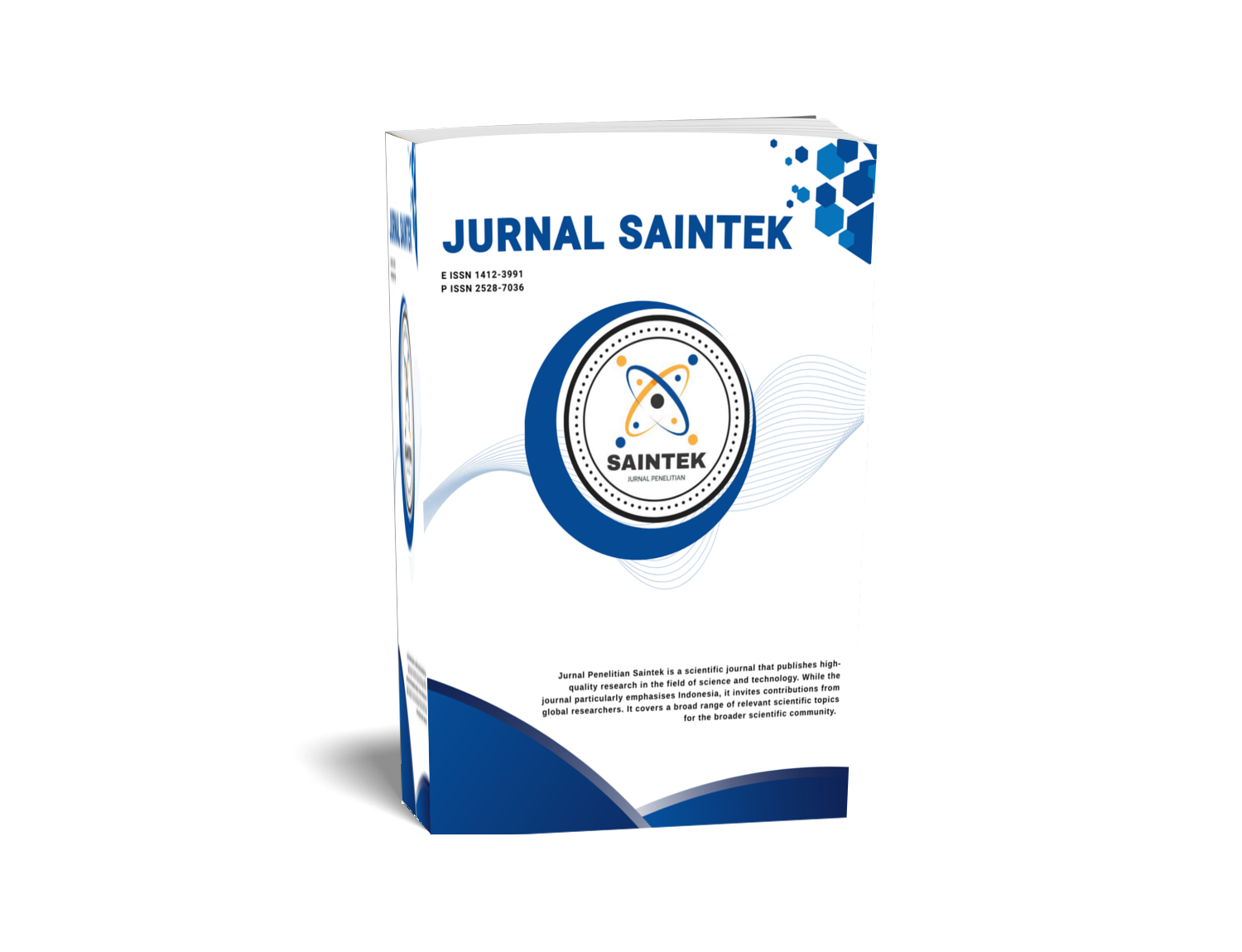INFLUENCE OF TYPE NUT TYPE, MANUFACTURE PROCESS AND TYPE OF INOKULUM ON CHANGE OF NUTRITION IN NUT TEMPE FERMENTATION OF TOLO BEAN
DOI:
https://doi.org/10.21831/jps.v14i1.696Keywords:
tempe from tolo bean, nutrient changingAbstract
The objective of research is to increase pulses-based food security by the way of local foodstuff diversification, that is tempe from tolo bean. Specific objective of research is to study of influence some tolo bean types, making process, and inoculum types to nutrient changing during fermentation tempe from tolo bean.
Research was done experimentally since May up to November 2008. Research was conducted by analysis proximate and digestible protein. Proximate analysis include water content, ash content, crude fat content, total protein content, dietary fibre content and carbohidrate content (by difference). Design research was complete block design with 2 times experiment replicates and 3 times sample replicate. Independent variable was tempe from tolo bean. Dependent variable was result of proximate analysis and digestible protein. Data analysis was conducted by analysis of variance and post hoc test of DMRT (Duncan Multiple Range Test) at 5 % significance level.
Based on result of research can concluded that 1) process of tempe from tolo bean yielding which highest digestible protein was wet grind processing with usar leaf, and 2) tolo bean types, making process, and inoculum types had significantly influence to nutrient changing during fermentation tempe from tolo bean.
References
Dedy Muchtadi. 1989. Petunjuk Laboratorium Evaluasi Nilai Gizi Pangan. PAU Pangan dan Gizi IPB, Bogor.
Direktorat Gizi Depkes RI. 1989. Daftar Komposisi Bahan Makanan. Bharata Aksara. Jakarta.
Gamman, P.M. dan Sherington. 1994. Ilmu Pangan : Terjemahan Murdijati Gardjito, Sri Naruki, Agnes Murdiati dan Sardjono. UGM Press, Yogyakarta.
Joko Susilo Utama. 1994. Perlakuan Pendahuluan untuk Memperbaiki Pengupasan dan Meningkatkan Nilai Cerna Protein. Tesis. Pasca Sarjana UGM, Yogyakarta.
Kasmidjo, R.B. 1990. Tempe : Mikrobiologi dan Biokimia Pengolahan serta Pemanfaatannya. PAU Pangan dan Gizi, UGM, Yogyakarta.
Nani Ratnaningsih. 2006. Pembuatan tempe kacang tolo sebagai alternatif sumber protein nabati. Laporan Penelitian Dosen Muda Dikti.
Rahmat Rukmana dan Yuyun Yuniarsih. 2000. Kacang Tunggak. Kanisius. Yogyakarta.
Sadikin Somaadmadja. 1990. Sumber Daya Nabati Asia Tenggara I. Yogyakarta.
Slamet Sudarmadji, Bambang Haryono dan Suhardi. 1989. Prosedur Analisa untuk Bahan Makanan dan Pertanian. Liberty, Yogyakarta.
Suhardi. 1989. Kimia dan Teknologi Protein. PAU Pangan dan Gizi, UGM, Yogyakarta. Winarno, F. G. 1997. Kimia Pangan dan Gizi. PT Gramedia. Jakarta.
www.wikipedia.org/wiki/tempe/16 Maret 2006
How to Cite
Issue
Section
Citation Check
License
Who Can Submit?
Any individual may submit an original manuscript for consideration for publication in Jurnal Penelitian Saintek as long as they hold the copyright to the work or are authorized by the copyright owner(s) to submit it. Authors retain initial ownership of the copyrights to their works prior to publication, except in cases where, as a condition of employment, they have agreed to transfer copyright to their employer.
User Rights
Jurnal Penelitian Saintek is an Open Access journal. Users are granted the right to read, download, copy, distribute, print, search, or link to the full texts of articles, provided they comply with the conditions of the Creative Commons Attribution-ShareAlike License 4.0 (CC BY-SA 4.0).
https://creativecommons.org/licenses/by-sa/4.0/
Author Rights
Authors retains copyrights.
Jurnal Penelitian Saintek by http://journal.uny.ac.id/index.php/saintek is licensed under a Creative Commons Attribution-ShareAlike 4.0 International License.









